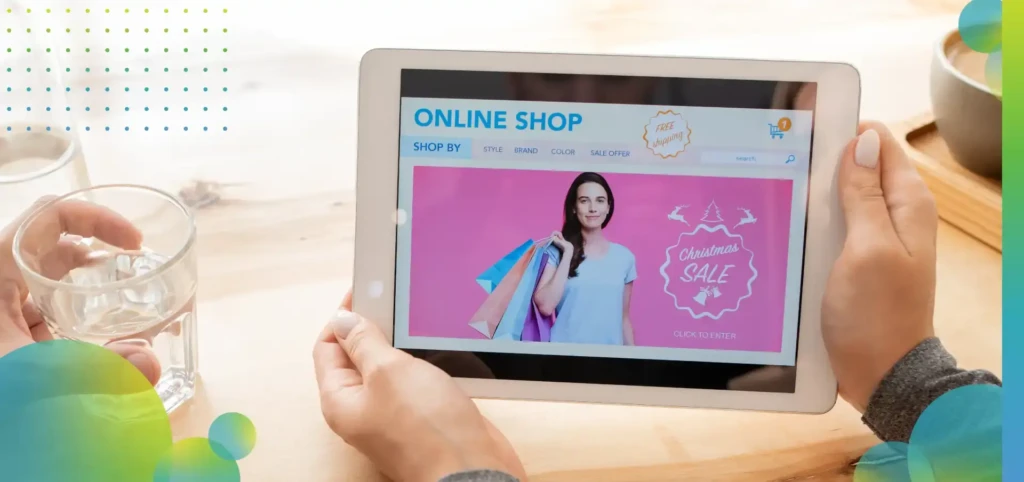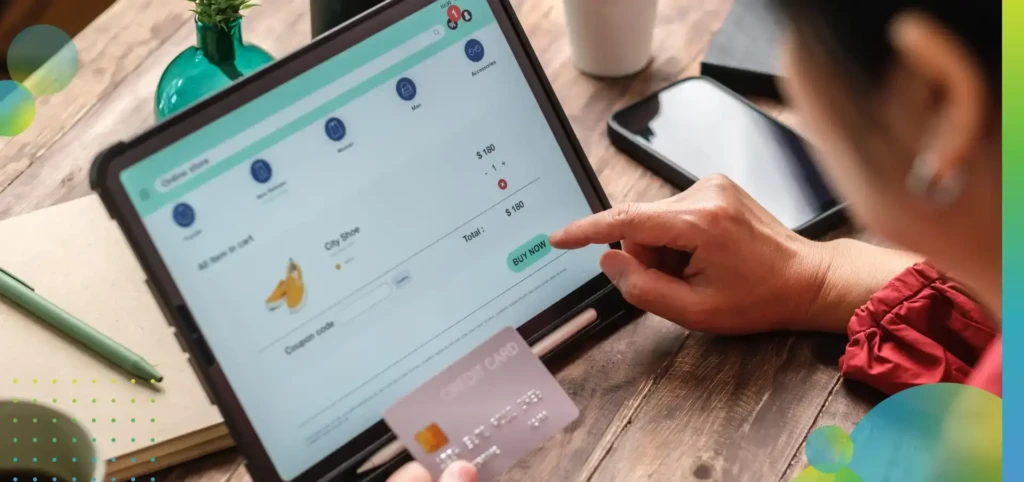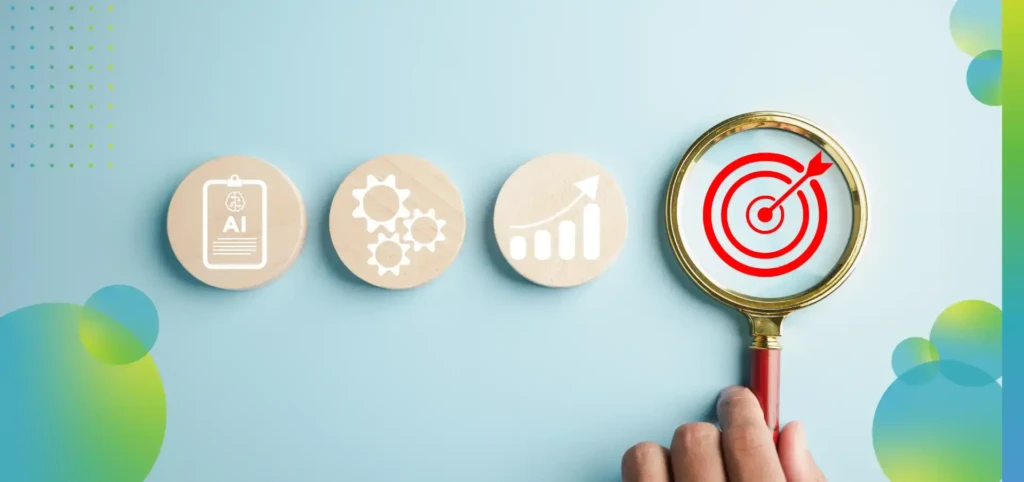Personalized recommendations are something every customer expects nowadays, and it’s essential in order to drive a sustainable business toward success.
With the AI craze well past our horizon and into our daily lives, it’s no surprise that most industry leaders in eCommerce personalization believe that personalization is mandatory for succeeding in the near future, aligning with the rising consumer expectations.
This isn’t just an industry feeling; the data paints a clear picture. According to customer data platform Segment, while almost 90% of leaders believe in personalization, the real driver is a dramatic shift in consumer expectations.
Stay with us as we explore more astonishing statistics on personalized eCommerce, customer loyalty, and everything in between!
- Personalization: Why It’s Your Biggest Growth Lever
- Three Actionable Pillars of eCommerce Personalization
- Beyond the Purchase: Personalizing the Full Customer Journey

Personalization: Why It’s Your Biggest Growth Lever
Even before AI took a chunk of our time, personalization was the core principle of eCommerce. In a study published by McKinsey, 71% of consumers expect a level of personalization from the brands and businesses they choose to buy from.
According to the same study, companies that employ their personalization efforts, including a loyalty program, to their business end grow 40% faster than businesses that don’t.
Another report states that consumers want personalization but don’t necessarily trust their brands with their data. The report indicates that about 63% of consumers say they’re okay with personalization as long as the data isn’t bought from third parties and remains their own.
Three Actionable Pillars of eCommerce Personalization
Moving to the more interesting part of our article, which is the practical side of eCommerce personalization. We can assume there are at least three actionable strategies for a personalized product, and AI plays a big role in it.
1. Using AI for Smarter Product Recommendations
AI-powered engines analyze real-time user behavior, purchase history, and contextual data (like location and time) to deliver truly relevant suggestions.
According to research made by McKinsey, personalized product recommendations can boost conversion rates by as much as 300%, or even more in some cases.
2. Customize Marketing Messages at Scale
Customizing marketing messages means using customer data to tailor communication across email, SMS, and social ads. For starters, mentioning the recipient’s first name in the email communication is done by nearly 74% of companies. The benefits are higher conversion rates.
Actionable advice on customizing the customer experience:
- Segment audience beyond demographics, using behavior and loyalty status.
- Personalize email campaigns using first names, past purchases, and trigger-based messaging.
- Tailor ads with retargeting for products users have already viewed or added to their cart.
3. Build Loyalty with Tailored Promotions & Experiences
The last step is making customers feel recognized and valued beyond the initial purchase. Personalized experiences can increase customer retention and help retain customers over time. Loyal customers who return to your company can increase profits by 25% to 95% in some cases.
Tips to encourage customer loyalty:
- Implement tiered loyalty programs with points, perks, and social engagement.
- Celebrate milestones with automated, personalized offers.
- Grant exclusive access to loyal customers for early sales or product launches.

Beyond the Purchase: Personalizing the Full Customer Journey
True personalization extends beyond product recommendations and emails. The goal in 2025 is to tailor every touchpoint of the ecommerce customer experience.
- Personalized landing pages: Greet returning visitors with dynamic content. This could mean showing products relevant to your clients or displaying their contract-specific pricing upon login. Personalized CTAs and dynamic landing pages can boost conversion rates by 25.2% for mobile visitors.
- AI-powered customer service: The future of customer interaction is hybrid. By the end of the year, AI is projected to drive 95% of all customer interactions. AI chatbots can handle simple inquiries 24/7, freeing up human agents for more complex issues. These bots can access customer history to provide personalized support, drastically reducing response times and improving satisfaction.
- Dynamic pricing for B2B: For B2B eCommerce, one price doesn’t fit all. Use personalization to offer dynamic pricing based on customer segment, order volume, or loyalty status. This shows your clients you understand their business needs and value their relationship. It has been found that dynamic pricing based on market demand can increase margins by up to 10%.
Measuring Success: Key Metrics to Track Your Personalization ROI
How do you know if your efforts are working? Tracking the right metrics is essential to prove the value of your investment and refine your strategy.
- Conversion rate lift: Compare the conversion rate of personalized experiences against a non-personalized control group. The average landing page conversion rate is generally around 6.6%, but it can vary across different industries.
- Average order value (AOV): Are personalized recommendations leading to larger purchases? These types of recommendations can increase the AOV by approximately 370% compared to generic recommendations.
- Customer lifetime value (CLV): This is the ultimate metric. A successful personalization strategy will increase how much a customer spends with you over their entire relationship.
- Churn rate: Personalization is key to retention, as 62% of consumers say a brand will lose their loyalty if it is not personalized. A decrease in the rate at which customers stop doing business with you is a strong indicator of improved loyalty and satisfaction.

Conclusion: Your Partner in Personalization
Customers anticipate personalized experiences that are profitable for businesses and attainable with the right approach. By 2025, the leading eCommerce brands will treat each customer as an individual.
Utilizing AI-driven recommendations, targeted marketing, and loyalty programs, your business can meet and exceed these expectations. The top eCommerce companies in 2025 will be those that recognize every customer as a valued individual.
Hostopia is ready to support your efforts by offering secure, scalable infrastructure and expert assistance to help you provide truly personalized shopping experiences.
Want to harness the full potential of eCommerce personalization? Contact Hostopia today to learn how our solutions can boost sales, enhance customer loyalty, and set your business up for lasting success.
FREQUENTLY ASKED QUESTIONS
What are the 4 Rs of personalization?
- Relevance: Delivering content and recommendations that match each customer’s specific needs.
- Recognition: Remembering customer preferences and behaviors to tailor future experiences.
- Responsiveness: Providing timely, appropriate content based on the user’s current context.
- Results: Measuring how effective personalization is in driving engagement and optimizing strategies.
What’s the difference between personalization and customization?
- Personalization involves tailoring content, recommendations, and offers to the customer using data about their behavior and preferences; often automated by AI.
- Customization allows the customer to adjust products or content themselves, such as choosing size, color, features, etc.
What are some eCommerce personalization examples?
- Targeted email campaigns with unique offers based on purchase history.
- Personalized product recommendations are shown on category, product, or checkout pages.
- Social retargeting ads based on browsing behavior.
- Custom homepage or landing page content for logged-in users.
- Dynamic pricing tailored to loyalty status, order volume, or market demand.
- Loyalty programs offering perks and rewards based on buying habits
Is personalization possible without buying data from third parties?
Yes! Modern personalization platforms rely on first-party data, information customers freely provide through their interactions, on-site behavior, and purchase history. Consumers are more comfortable with personalization that respects their privacy and doesn’t rely on third-party data.
Is personalization compatible with data privacy regulations in 2025?
Yes. Provided you use first-party data, store it securely, and remain transparent about how it’s used. Modern personalization platforms comply with privacy laws by ensuring customer data is only used for the purposes for which they consent.

